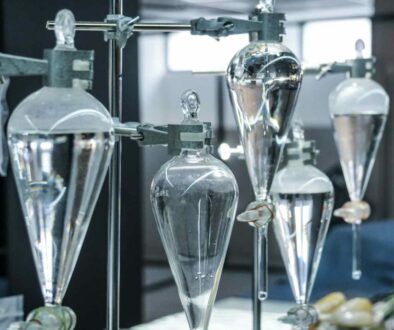How to Choose Botanical Oil Concentrates
Although oil concentrates represent a lesser-known side of the botanical extraction industry, these concentrates – waxes, rosins, tinctures, oils and shatters, to name a few – have actually been developed by humans over time. And the realm of botanical oil concentrates is expanding fast as modern science comes to recognize the invaluable benefits a concentrate has to offer.
When selecting a botanical oil concentrate, consumers have a number of options—and staying informed is the key to success. As you’re perusing your choices, make sure to ask questions and read labels. A range of quality exists within the oil concentrates’ arena, and you’ll want to know what you’re getting yourself into in order to ensure an optimal user experience. Currently, the data on “flower” delivery is much more extensive than that of concentrates – but so far, the experts have weighed in with what they know. Here’s the skinny on concentrates in today’s day in age.
First of all, most experts agree that concentrates deliver a much more potent, immediate dose than flowers and buds. Concentrates have the ability to deliver plant’s potent compounds directly into the bloodstream—a serious boon if you’re suffering from nausea, extreme pain, or the onset of a panic attack. Of course, smoking or otherwise ingesting raw plant matter – like flowers – has its advantages, too—an easily controlled delivery mechanism, for one thing, so you’ll be able to focus the dose.
Nevertheless, concentrates are gaining traction worldwide. They’re discreet, so users can ingest the product without worrying about smoke or smell. Those who switch to concentrates may pine for the appealing tastes and aromas of flower product, but also often find that certain concentrates come with their own attractive flavors and scents. Ultimately, though, the difference between flower and concentrate is most potently felt by the individual user. Some prefer flower delivery for the medicinal effects, for example, which can affect both the body and mind, whereas concentrates tend to affect the mind only.
It’s pretty difficult to recreate the whole-plant experience when you’re utilizing concentrates. Typically when concentrates are formed, their compounds are altered in a way that can never again mimic the whole-plant experience. Hash and rosin, however, are made without solvents, and can be utilized to “recapture” that holistic whole-plant experience.
As you’re selecting concentrates, be sure to purchase those created under lower temperatures – roughly between 380 and 400 degrees. These low-heat concentrates are typically the most flavorful, while higher temperatures can burn and destroy flavors, compounds, and valuable terpenes within the concentrate. When vaporizing concentrates, remember not to overheat your atomizer – activate it for just a few seconds, and never more than five.
The future looks bright for concentrates, which are helping people to heal from chronic illnesses and fend off modern diseases. Terpenes have been a new focus of the concentrate industry, but research is constantly evolving, and there’s no telling what’s in store for concentrate users in the future. What’s certain, though, is that concentrates are effective, efficient, and potent—and as regulations are bolstered and research continues, we’re bound to see safer, higher quality concentrates coming out all the time.

